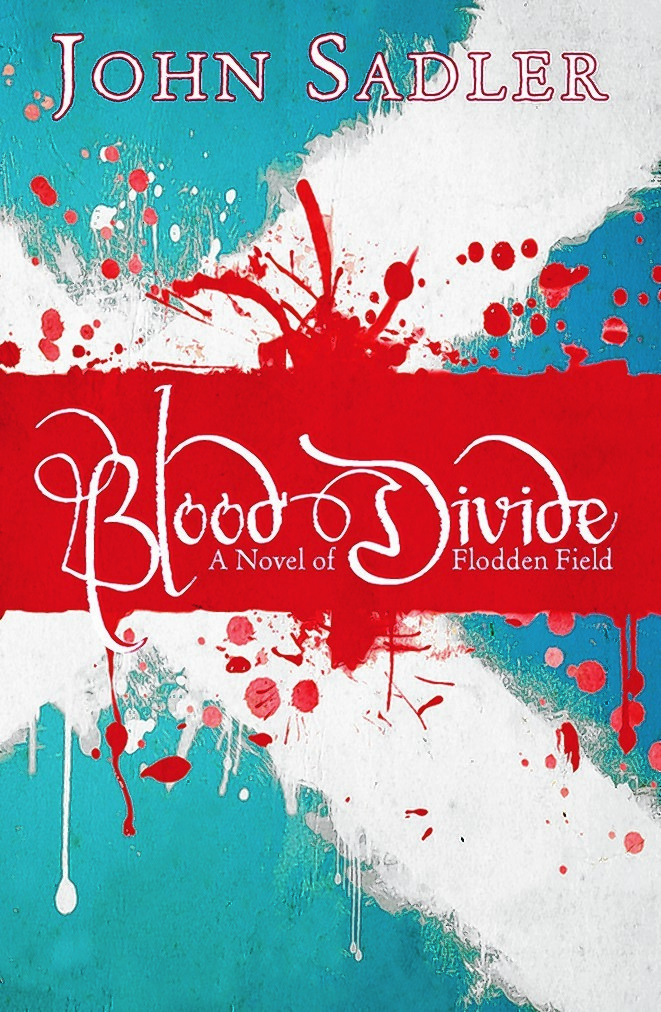Published by Lion Fiction
The battle of Flodden says as much about the bloody co-existence of Scotland and England as any other date in history.
In 1513, King James IV of Scotland invaded England while King Henry VIII was away trying to expand his empire from Calais further into France.
With superior numbers and the latest artillery, it looked set for a Scottish victory but, as with the latest political machinations of the country’s future, things did not go as forecast.
John Sadler is a respected historian and author of more than two dozen books, most of them about the business of war. Blood Divide brings the filth and fear of battle to life and also paints a revealing picture of the politics which go on behind the scenes.
Leaning on his vast knowledge and the kind of research which can only come from visiting the scenes of the centuries’ old crimes, Sadler’s story of Flodden leaves little to the imagination.
Delivered in the words of the main protagonists, it brings the sights and sounds of war almost leaping out at the reader, leaving no doubt about the suffering inflicted upon thousands at the whim of kings and their cohorts.
The battle of Flodden was one of the bloodiest ever fought on British soil and Sadler’s descriptive powers encapsulate the pain felt by those at the blunt end of the argument.
It is a relief that centuries later, the old foes settle their differences at the ballot box and on the sports field rather than in the bloody way Sadler has so superbly brought to life in his book.

